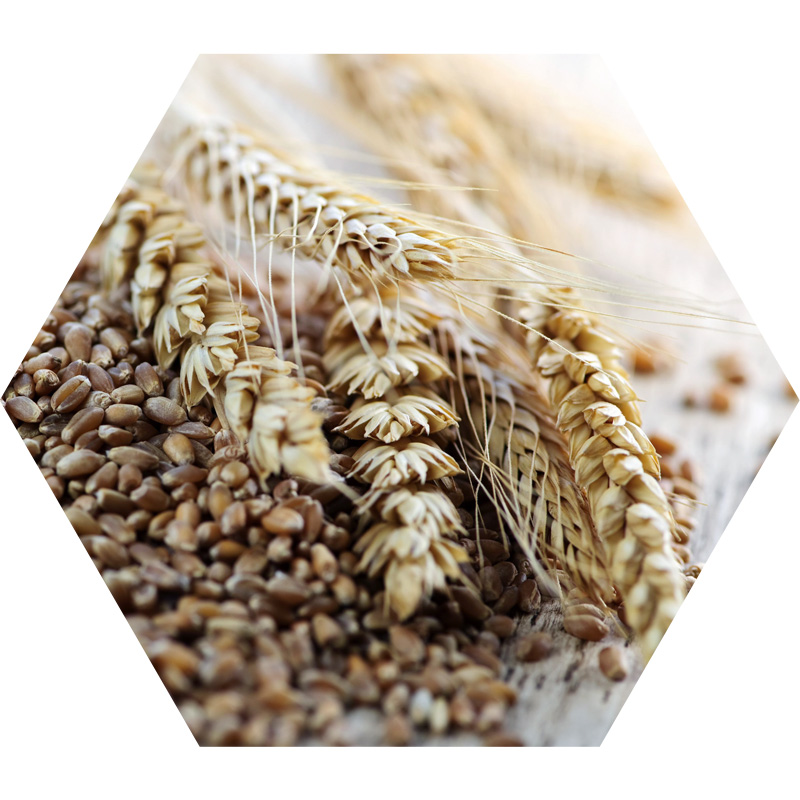Absolutely Easy to Use. Create your Workflows Within Seconds.
accroma Applications
Pharmaceuticals
creams, suppositories, powders, suspensions, transdermal patches and more. Content, purity, and stability need to be tested in drug development and post-market surveillance.
Chemical analysis in the pharmaceutical industry is highly regulated. Therefore, human errors during sample preparation not only lead to incorrect results but also to costly investigations, documentation and quarantined products. In addition to all the other benefits, out-of-specification (OOS) events can be reduced.
Dietary Supplements & Herbal Medicines
Chemical analyses of starting materials, intermediates and final products are performed. The matrix in plant-based samples is very demanding, which is why sample preparation takes on a particularly important role. Therefore, it is important to standardize sample preparation through automation to reduce variability.
Cosmetics
Cosmetic products are manufactured and used in various formulations such as creams, gels, lotions, etc.. They contain various compounds that are responsible for an effect, the smell or for preserving a product. Their contents are quality attributes, which are chemically analyzed during formulation and manufacturing. Due to their properties, they are referred as semi-solid substances.
These often sticky and highly viscous samples are demanding and time consuming in sample preparation. It is important to extract the analytes efficiently and completely without carryover and sample loss, which is possible on the accroma system
Food Safety
Harmful chemical substances in food can lead to serious diseases in animals and humans. Food safety laboratories are responsible for the detection and quantification of known substances. Sample preparation for food samples is challenging because residues and contaminants must be measured at a high matrix and trace level. Therefore, sample preparation methods are long and time consuming.
The QuEChERS workflow is a general sample preparation workflow for pesticides in food. The standardized AOAC and EU CEN 15662 methods can be fully automated on the accroma system, including extraction and purification. This saves a lot of time and increases the productivity of your laboratory.
Agriculture
To identify and monitor influences on the environment, samples from soil, water, plants and the air are chemically analyzed. In addition, during the development of plant protection products, the influence and distribution of the products on the plants is investigated.
Depending on the substances to be analyzed, the samples are processed differently. Determining the composition of a sample involves several sample preparations. Since the matrix in natural samples often interferes with the analysis, it must be removed during sample preparation. The long sample preparation methods can be conveniently automated with the accroma system.





